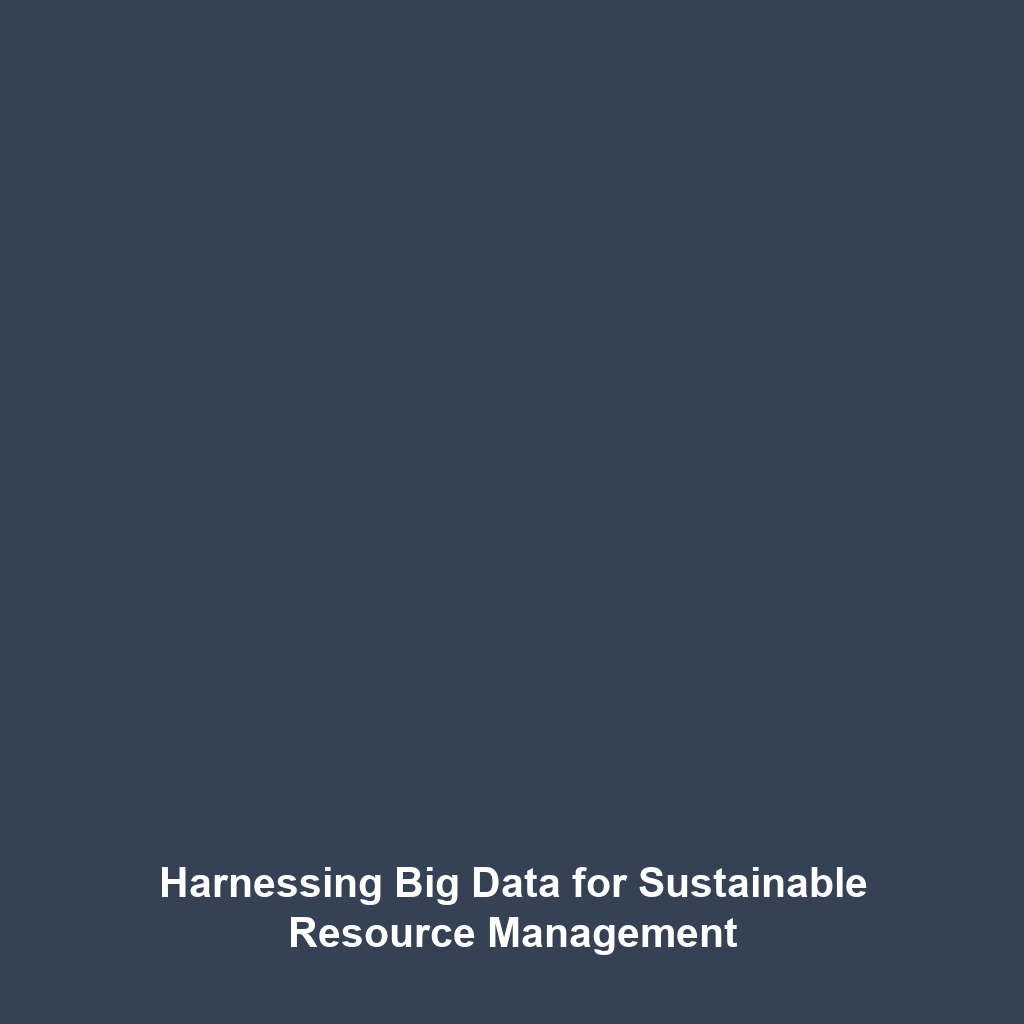Genetically Modified Crops for Mars: Engineering Resilience in Space
Introduction
The quest to colonize Mars represents one of humanity’s most ambitious undertakings. Central to this challenge is the need to ensure sustainable food sources on the Red Planet. Genetically modified crops for Mars offer a promising solution, engineered to withstand the harsh climate and grow efficiently in Martian soil. As scientists explore innovative agricultural practices, the implications for colonization efforts grow increasingly significant; these crops could play a vital role in creating a self-sufficient habitat for future Mars settlers.
Key Concepts
Genetically modified crops are developed through biotechnology to possess specific traits that enhance their survival and productivity in challenging environments. The major concepts include:
- Hardiness: Crops are engineered to resist extreme temperatures, radiation, and nutrient deficiencies.
- Water Efficiency: Modifications aim to minimize water usage, which is critical given Mars’ limited water resources.
- Soil Compatibility: Crops must adapt to Martian soil, which lacks essential nutrients for traditional farming.
These principles align closely with the broader goals of colonizing Mars, where sustainable food production will be essential for human survival.
Applications and Real-World Uses
The applications of genetically modified crops for Mars extend beyond theoretical research, encompassing practical uses critical for colonization:
- Creating crops that can grow in simulated Martian soil for off-world farming tests.
- Developing bioengineered plants that produce oxygen and absorb carbon dioxide, essential for life support.
- Utilizing crops as a renewable source of food that also promotes soil health and environmental stability.
Understanding how genetically modified crops are used in colonizing Mars can pave the way for future innovations in space agriculture.
Current Challenges
Despite promising developments, several challenges persist in the field of genetically modified crops for Mars:
- Ethical Concerns: The bioengineering of crops raises ethical questions about genetic manipulation.
- Technical Limitations: Current biotechnology may not fully mimic conditions necessary for growth on Mars.
- Regulatory Hurdles: Policies regarding the use of genetically modified organisms (GMOs) can slow research progress.
These issues highlight the challenges of genetically modified crops in the context of broader colonization efforts.
Future Research and Innovations
Looking ahead, innovations in genetically modified crops for Mars are set to evolve:
- CRISPR Technology: Advancements in gene editing will allow for faster development of resilient crops.
- Hydroponics and Aeroponics: Using soil-less methods to cultivate crops could revolutionize Martian agriculture.
- Bioaugmentation: Enhancing Martian soil with genetically modified microorganisms to improve nutrient availability.
Future breakthroughs may serve as pivotal moments in the journey towards colonizing Mars effectively.
Conclusion
Genetically modified crops represent a crucial element in the mission of colonizing Mars, addressing critical challenges associated with food security and sustainability. As research continues, it is essential for scientists, policymakers, and the public to engage in ongoing dialogue about the development and implementation of these technologies. For more insights into Martian exploration, including related topics, consider joining the discussion on sustainable solutions for life beyond Earth.


